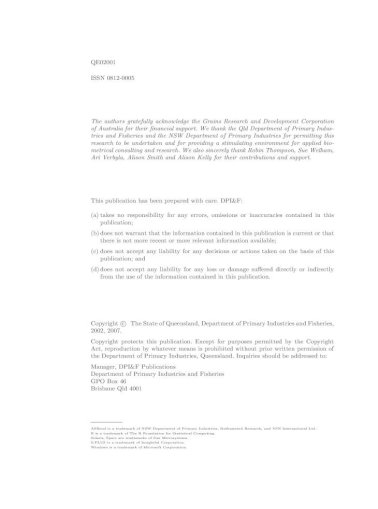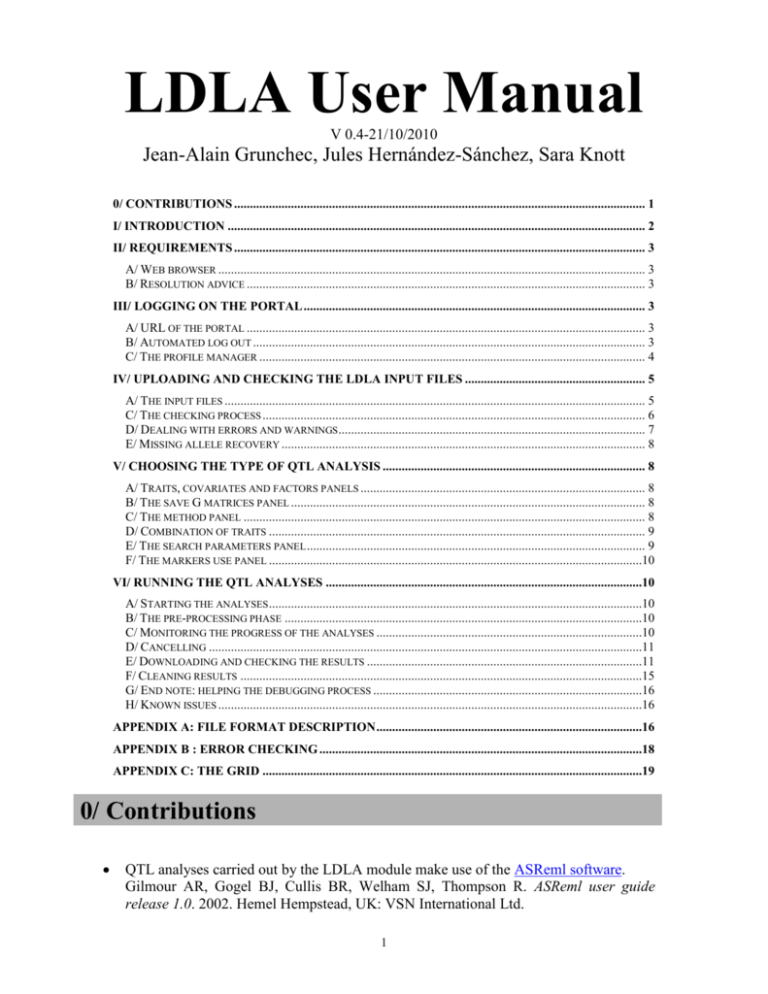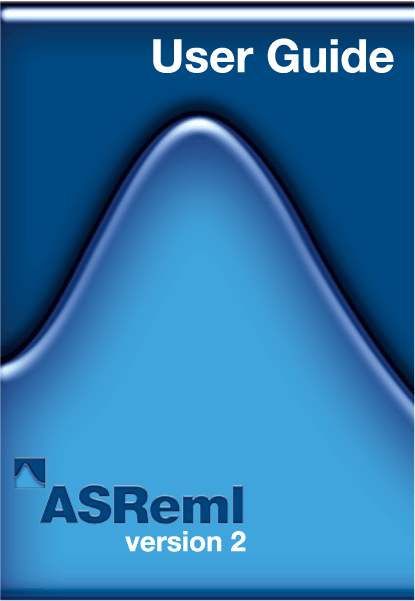

Here within the structural term, we fit a 2x2 unstructured matrix us(2) which estimated the variance and the covariance between the random effects in the equation term. This argument has two components, first the equation term ~vm(animal,Ainv)+mother and second the structural term ~us(2):id(number). To test this hypotheses, we need to estimate the covariance between two random effects in a univariate model.įor example, we can estimate the covariance between the additive genetic variance and the mother variance using the argument str. However a possible biological reason can be hypothesized,such as a sibling competition within the nest creating a negative among-individual covariance within the nest. Sometimes, but changing the parameters of the model and allowing unstructured variance instead of boundary, significant negative variance can appeared.Ī negative variance is counter-intuitive because statistically the mean within the random effect is less similar than expected by chance. However, when we look at the variance components in the model including sex as a fixed effect, we see that they have changed slightly from the previous model:Ģ.2.8 Covariance between two random effects The very small probability ( Pr) in the Wald test above shows that sex is a highly significant fixed effect, and from the parameter estimates ( summary(model2,coef=T)$coef.fixed) we can see that the average male (sex 2) is 2.2 kg ( \(\pm\) 0.16 SE) heavier than the average female (sex 1). # ~idv(units), : Algebraic derivatives for denominator df not available. # Warning in asreml(fixed = bwt ~ 1 + sex, random = ~vm(animal, ainv), residual = Summary(model2, coef = TRUE) $coef.fixed wald.asreml(model2, ssType = "conditional", denDF = "numeric") # solution std error z.ratio The model can be plot which help visualizing the distribution of the model residual and check the different assumptions. However, if you are going to use vpredict() to calculate the heritability (see below), not specifying the residuals in this way will result in a standard error for the heritability that is incorrect.Īny model has assumption which need to be checked.

For more details see Asreml-R manual.Ī note of the specification of the structure of the residuals: This simple univariate model will run fine without residual=~idv(units). y=“include” will exchange NA with a factor labeled mv which will be included in the sparse equation. Be careful you need to standardize your trait so the mean will be equal to 0, if not estimates (including covariance in multivariate models) could be strongly biased due to the the missing values. With x=“include”, the model will exchange NA with 0. If you use the argument “include” instead of “omit”, model will keep the NA. Finally, we tell asreml() what to when it encounters NAs in either the dependent or predictor variables (in this case we choose to remove the records). Our random animal effect is connected to the inverse related matrix ainv which integrate the relativeness or pedigree information.ĭata= specifies the name of the dataframe that contains our variables. The only random effect we have fitted is animal, which will provide an estimate of \(V_A\). In this model, bwt is the response variable and the only fixed effect is the mean (the intercept, denoted as 1). # Model fitted using the sigma parameterization.
Asreml manual license#
Model1 <- asreml( fixed = bwt ~ 1, random = ~ vm(animal, ainv), residual = ~ idv(units), data = gryphon, na.action = na.method( x = "omit", y = "omit") ) # Online License checked out Tue Nov 23 22:09:25 2021



 0 kommentar(er)
0 kommentar(er)
